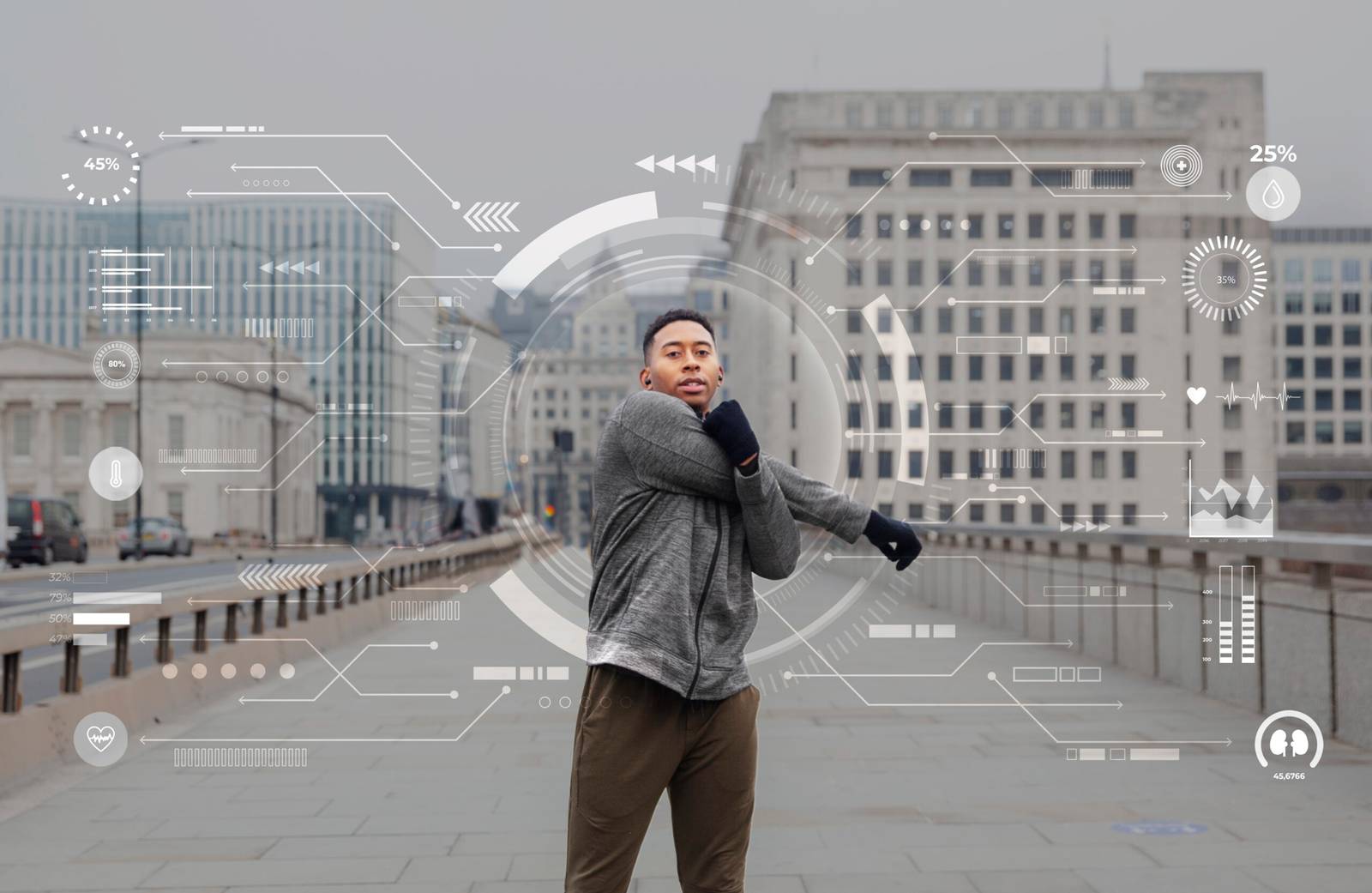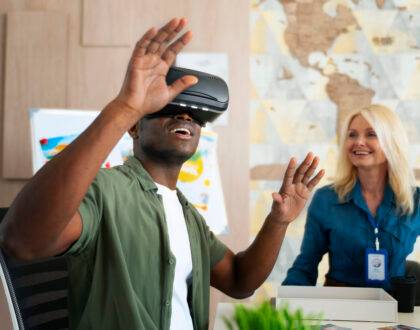The Digital Divide: Bridging the Gap with Tech

by Web Digital
In an increasingly interconnected world, access to technology is a gateway to education, job opportunities, and social inclusion. However, the digital divide, the gap between those who have access to modern information and communication technology and those who don’t, remains a pressing global challenge. This article explores the nuances of the digital divide, its impact on society, and how innovative technologies are playing a crucial role in bridging this gap. Fostering equality, and unlocking the potential for widespread digital inclusion.
Defining the Digital Divide
The digital divide encompasses disparities in access to technology, internet connectivity, and digital skills. It exists on multiple levels, including access to hardware, such as computers and smartphones. Availability of reliable internet infrastructure, and the proficiency to navigate and leverage digital tools effectively. Addressing these disparities is essential for creating a level playing field and ensuring that no one is left behind in the digital age.
Impact on Education
One of the most profound effects of the digital divide is its impact on education. As technology becomes increasingly integrated into learning environments, students without access to digital resources face significant disadvantages. The COVID-19 pandemic further highlighted these disparities as remote learning became a necessity. Bridging the digital divide is crucial for providing equal educational opportunities, enabling students to access online resources. Participate in virtual classrooms, and develop digital literacy skills essential for the modern workforce.
Economic Implications
Access to technology is intricately linked to economic opportunities. The digital divide exacerbates existing economic inequalities by limiting access to online job platforms. Remote work opportunities, and digital skills training. Bridging this gap can empower individuals with the tools and knowledge needed to participate in the digital economy, fostering entrepreneurship and job creation.
Healthcare Disparities
In the realm of healthcare, the digital divide can result in disparities in access to telemedicine and health information. Individuals without access to digital devices or reliable internet may face challenges in receiving remote healthcare services. Closing this gap is critical for ensuring that healthcare resources and information are accessible to all, particularly in times of crisis.
Innovative Solutions
Technology itself plays a pivotal role in bridging the digital divide. Initiatives such as low-cost, durable devices, community Wi-Fi projects, and digital literacy programs are making strides in enhancing access to technology. Furthermore, mobile technology has emerged as a powerful tool for bridging the gap, particularly in regions with limited access to traditional infrastructure. Mobile devices provide a gateway to the internet, educational resources, and essential services.
Community Empowerment
Community-driven initiatives are proving effective in addressing the digital divide at the grassroots level. Programs that provide training and support to underserved communities empower individuals with the skills to navigate the digital landscape. Libraries, community centers, and public spaces equipped with internet access contribute to creating inclusive environments where people can bridge the digital gap.
Governmental and Corporate Roles
Governments and corporations play integral roles in bridging the digital divide. Policies that prioritize infrastructure development, subsidies for low-income households, and initiatives that promote digital literacy are essential. Tech companies can contribute by designing affordable, user-friendly devices and investing in programs that provide access to digital resources and training.
The Role of 5G and Emerging Technologies
The advent of 5G technology holds promise in narrowing the digital divide by providing faster and more reliable internet connectivity, even in remote areas. Emerging technologies such as satellite internet, mesh networks, and low Earth orbit (LEO) satellite constellations are exploring innovative approaches to extend internet access globally. These advancements have the potential to revolutionize connectivity and bring the benefits of the digital age to previously underserved regions.
Challenges and Considerations
Despite progress, challenges persist in bridging the digital divide. Affordability, infrastructure limitations, and digital literacy barriers remain significant obstacles. Additionally, ensuring that technological solutions are culturally sensitive and tailored to the unique needs of diverse communities is crucial for long-term success.
Looking Ahead: A Connected Future
Bridging the digital divide is not just a matter of technological access; it is a cornerstone of societal progress. As technology continues to advance, the focus must be on creating inclusive, sustainable solutions that empower individuals and communities globally. By prioritizing digital inclusion, we pave the way for a connected future where technology serves as a catalyst for equality, education, and economic empowerment.
Conclusion
The digital divide is a multifaceted challenge that requires collaborative efforts from governments, corporations, and communities. As technology evolves, so too must our commitment to ensuring that its benefits are accessible to all. By embracing innovative solutions, investing in digital infrastructure, and prioritizing digital literacy, we can bridge the gap, fostering a more equitable and connected world where technology is a force for positive change.
Recommended Posts

The Evolution of AI in Education
December 4, 2023

Blockchain and the Future of Digital Voting
December 4, 2023

